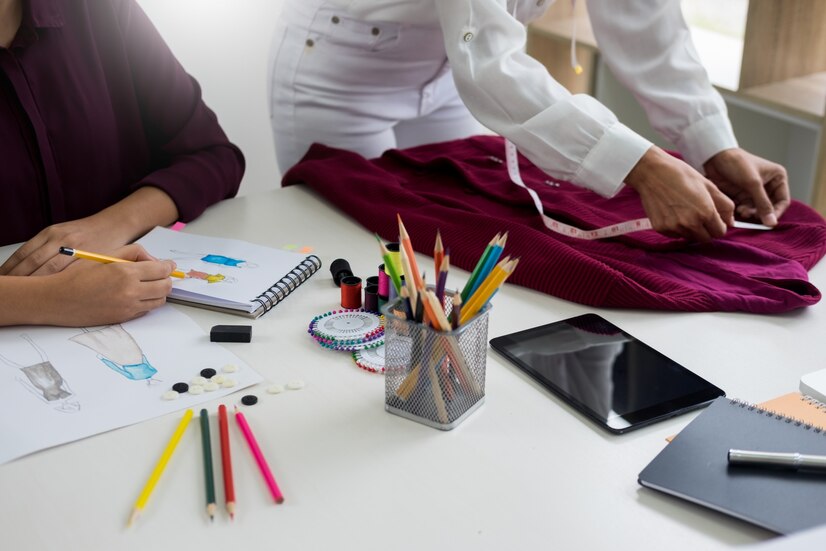Introduction
Fashion is more than just clothing; it is a powerful form of self-expression, innovation, and cultural influence. As the fashion industry continues to evolve, the demand for skilled designers who can blend creativity with technical expertise is higher than ever. If you dream of making a mark in the world of fashion, choosing the right training institute is the first step. Ionic Fashion Academy, the top design institute in Kolkata, is dedicated to shaping future designers by offering cutting-edge education, hands-on experience, and industry exposure to help students thrive in the competitive fashion industry.
Comprehensive Curriculum: Building a Strong Foundation
At Ionic Fashion Academy, the fashion design course is structured to provide students with a solid foundation in both theoretical and practical aspects of fashion. The curriculum is designed to foster creativity, technical skills, and industry knowledge, ensuring that students are well-prepared for real-world challenges. Key areas of study include:
- Fashion Illustration & Sketching –

Developing artistic skills to visualize and communicate design concepts.
- Textile Science –

Understanding fabrics, textures, and their applications in fashion.
- Garment Construction & Pattern Making –

Learning the technical aspects of creating garments from design to execution.
- Draping Techniques-

Mastering the art of fabric draping for high-end couture and ready-to-wear collections.
- Fashion Trends & Forecasting –

Staying ahead in the industry by analyzing market trends and consumer behaviour.
- Digital Fashion Design –

Training in design software like Adobe Illustrator and CAD to enhance creativity and efficiency.
Hands-on Training: Learning by Doing

Fashion is a dynamic and hands-on field, and Ionic Fashion Academy ensures students gain real-world experience through:
✔ Live Projects – Working on fashion collections and conceptualizing designs from scratch.
✔ Workshops & Masterclasses – Learning from industry experts, designers, and stylists.
✔ Runway Shows & Exhibitions – Showcasing students’ creations in fashion events and exhibitions to gain exposure.
✔ Internships with Top Brands – Providing students with opportunities to work with leading fashion houses and designers.
Industry Collaborations: Bridging the Gap Between Education & Career
To prepare students for the fashion industry, Ionic Fashion Academy has established collaborations with renowned designers, fashion houses, and retail brands. These partnerships enable students to:
- Gain mentorship from fashion industry leaders.
- Participate in internships and apprenticeships.
- Work on real-world fashion projects with established brands.
- Attend networking events and fashion weeks to build industry connections.
Exciting Career Opportunities in Fashion Design

With a professional fashion design education from Ionic Fashion Academy, graduates can explore a wide range of career paths, including:
- Fashion Designer – Creating original clothing and accessory collections.
- Fashion Stylist – Curating looks for celebrities, models, and brands.
- Textile Designer – Innovating unique fabric patterns and prints.
- Merchandiser & Retail Expert – Managing fashion brands and sales strategies.
- Fashion Illustrator – Visualizing and sketching designs for brands and publications.
- Entrepreneur & Fashion Brand Owner – Launching personal fashion labels and businesses.
Conclusion
Fashion is an ever-evolving industry that requires passion, creativity, and the right training to succeed. Ionic Fashion Academy provides aspiring designers with the tools, knowledge, and hands-on experience to transform their dreams into reality. With expert faculty, an industry-driven curriculum, and ample exposure to real-world projects, students graduate with the confidence to make their mark in the fashion world. If you are ready to shape the future of fashion, **enrol at Ionic Fashion Academy today and take the first step towards an exciting career! **

